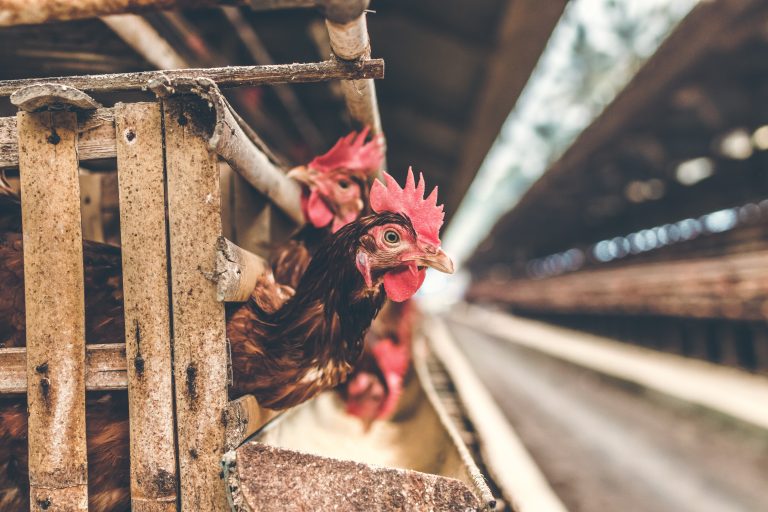Tech Decoupling: China’s Race to End Its Reliance on the U.S.
In what is shaping up to be the next big standoff between the world’s two economic superpowers, China and the United States are laying the groundwork for what is likely to be a bitter fight. This time the issue is semiconductors, the technology that acts as the brains of laptops, mobile phones, smart TVs, and many other products. Currently, nearly half of the world’s semiconductor chips are sold by U.S. tech giants like Qualcomm and Intel, while China has just 5 percent of the market. Even so, China is the world’s biggest consumer of semiconductor chips and with the country’s ambition to become an even bigger world player, and one that is not dependent on other nations, China is pouring billions of dollars into developing its own semiconductor technology. China’s goal is to assert both its independence and its technological superiority in this component that is so vital to modern technology. Now, U.S. companies are scrambling to ensure that they maintain both their positions as global technology leaders and their market share.
The tension over technology between the two countries has been simmering for some time. During his time in office, Donald Trump has repeatedly called Chinese tech company Huawei and social media app TikTok threats to U.S. national security suggesting that they are being used by Beijing for espionage. While both companies vehemently deny the allegations and claim they act independently from the Chinese government, the Trump administration has refused to back down. Instead, the United States is now embarking on what is being referred to as a technology decoupling whereby the two countries separate and go their own ways in research and development, and self-sufficiency becomes the new strategic norm. According to Trump, this is the only way to preserve national security and to that end, he has threatened to ban Chinese tech companies from the United States and is pushing other countries to do the same. Meanwhile, U.S. companies are looking at the situation with alarm. Qualcomm and Intel stand to lose huge sales if they are no longer able to do business with Chinese companies and are lobbying hard against the Trump administration’s policies. The situation has also drawn criticism from industry leaders including Bill Gates and Ali Baba’s Jack Ma who claim that the recent events are counterproductive for everyone. Indeed, in addition to strengthening its commitment to developing its own technology and markets, China has already responded to Trump’s policies by putting limits on exports of its facial recognition technology.
For China, the standoff highlights the country’s inferiority in technology and its reliance on the United States. While companies like Huawei have made huge inroads in developing products like mobile phones, they still depend on U.S. technology. Even Huawei’s success at developing its own chip is precarious as it uses components made by American firms. While Huawei has a small stockpile of parts, it is estimated that it will run out within two years, and the Trump administration is closing the door on its ability to acquire more. For the United States, the standoff highlights its reliance on the Chinese market. If China develops its own source of chips, U.S. companies stand to lose significant share of their revenues. While the Trump administration’s belief that all technology from China is a threat to national security may not be generally accepted, legislation to support U.S. tech development is currently working it way through the Senate. This suggests that there is broad interest in curbing the ability of China’s tech firms to surpass U.S. firms. At the same time, China is prioritizing its own companies and its own agenda. For the rest of the world, when it comes to semiconductors, the choice may soon be to go with China or to go with the United States.
Discussion/Questions:
- As part of the decoupling of technology between the United States and China, Beijing is committing billions of dollars to develop its own semiconductor chip that will ultimately provide a more secure source for Chinese tech companies. Discuss the strategy of the Chinese and its implications for the chip industry in general. Going forward, will there be a fight for dominant design? How might duplication of effort lead to inefficiency in design and production? How might that impact end-use consumers?
- Using the theories of absolute and comparative advantage, discuss the current standoff between the United States and China. What are the two countries trying to achieve? How do their objectives fit with what the two trade theories suggest?
- Despite heavy criticism from U.S. tech companies that rely on China for a significant share of their chip sales, the Trump administration is working to block access to the U.S. market for China’s tech firms. Reflect on U.S. policy with regard to technology from China and the move to decouple. If companies are forced to choose between doing business with China or doing business with the United States, how might that affect the design of products that use chips? Could it lead to a loss of universal product design?
- While China has been successful at developing its own chip, it still lags the United States and at least for now, depends on U.S. parts. As China becomes more proficient however, there is likely to be less demand for U.S. chips, especially from Chinese firms which are currently the biggest buyers of chips. Discuss how barriers to entry in the industry have enabled the United States to maintain its leadership role in the industry. How is that role likely to change as a result of Beijing’s commitment to develop its own industry?













